newbie gardener
Bonnie
10 years ago
Related Stories
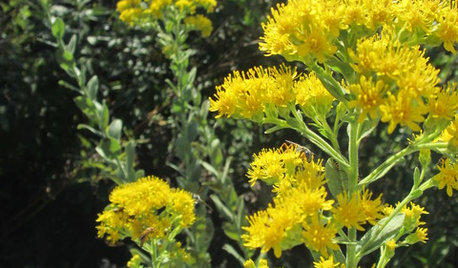
FALL GARDENINGGreat Design Plant: Oligoneuron Rigidum Brightens Fall Gardens
Create a pollinator feeding ground with this cheery, fuss-free goldenrod, formerly known as Solidago rigida, native to much of the U.S.
Full Story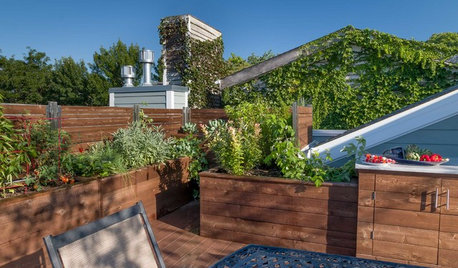
GARDENING GUIDES10 Tips for Beginning Gardeners
With a simple sketch, basic tools and the right plants, you’ll be on your way to growing your first flowers or edibles
Full Story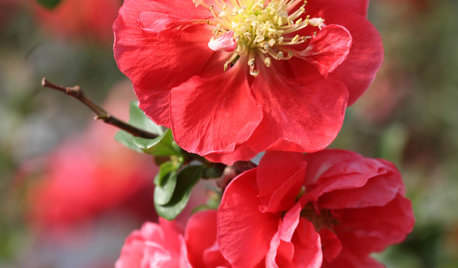
WINTER GARDENINGCalifornia Gardener's January Checklist
Winter-defying blooms and pruning saws earn a cheer, while California-focused gardening design books get a well-deserved shout-out
Full Story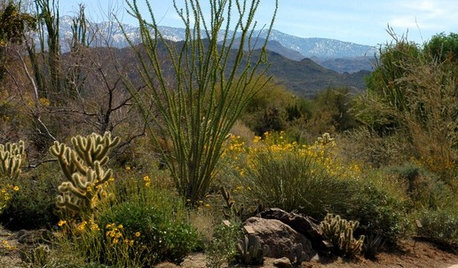
GARDENING GUIDESSouthwest Gardener's April Checklist
Welcome the return of roses and herbs, and consider a new use for vines as you rejoice in your newly green spring garden
Full Story
DIY PROJECTS10 Terrific DIY Home and Garden Projects
Add spring panache inside your home and out with these engaging DIY projects for all skills levels
Full Story
FALL GARDENINGWhat Monarch Butterflies Taught Me About Garden Design
Thinking like a butterfly leads to fresh perspectives in the garden and in life
Full Story
GARDENING GUIDESGarden Myths to Debunk as You Dig This Fall and Rest Over Winter
Termites hate wood mulch, don’t amend soil for trees, avoid gravel in planters — and more nuggets of garden wisdom
Full Story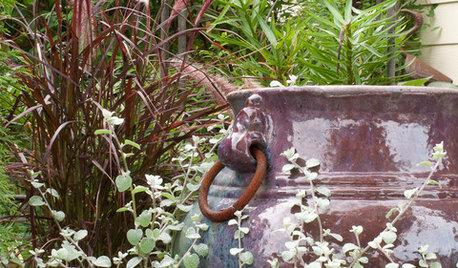
PLANTING IDEASGreat Garden Combo: Silver Sparkles Amid Purple and Blue Foliage
Get the look of this modern foundation planting by focusing on a restrained color palette with tasteful accents
Full Story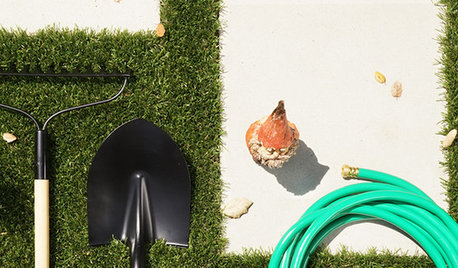
SHOP HOUZZHouzz Products: Spring in the Garden
Have even more fun in the garden this spring with handy potting benches, outdoor accessories and tools from the Houzz Products section
Full Story
GARDENING GUIDES6 Wonderfully Easy Roses for Any Gardener
Look like an expert even if you're just starting out, with these low-maintenance gems of the rose world
Full StorySponsored
More Discussions






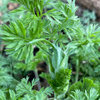


ken_adrian Adrian MI cold Z5
Tiffany, purpleinopp Z8b Opp, AL
Related Professionals
Maple Valley Landscape Architects & Landscape Designers · Allentown Landscape Architects & Landscape Designers · New Bedford Landscape Architects & Landscape Designers · Mitchellville Landscape Architects & Landscape Designers · Woodinville Landscape Architects & Landscape Designers · Gainesville Landscape Contractors · Concord Landscape Contractors · Commack Landscape Contractors · Fort Payne Landscape Contractors · Leicester Landscape Contractors · Mission Bend Landscape Contractors · Norwalk Landscape Contractors · Streamwood Landscape Contractors · Palos Hills Landscape Contractors · Goldenrod Landscape Contractorsboday
BonnieOriginal Author
boday
Tiffany, purpleinopp Z8b Opp, AL
gardengal48 (PNW Z8/9)
ken_adrian Adrian MI cold Z5
BonnieOriginal Author
NHBabs z4b-5a NH
BonnieOriginal Author
gardenweed_z6a
diggerdee zone 6 CT
prairiemoon2 z6b MA
Tiffany, purpleinopp Z8b Opp, AL
diggerdee zone 6 CT
Tiffany, purpleinopp Z8b Opp, AL
prairiemoon2 z6b MA
diggerdee zone 6 CT
prairiemoon2 z6b MA
diggerdee zone 6 CT
prairiemoon2 z6b MA